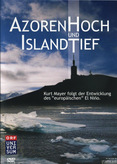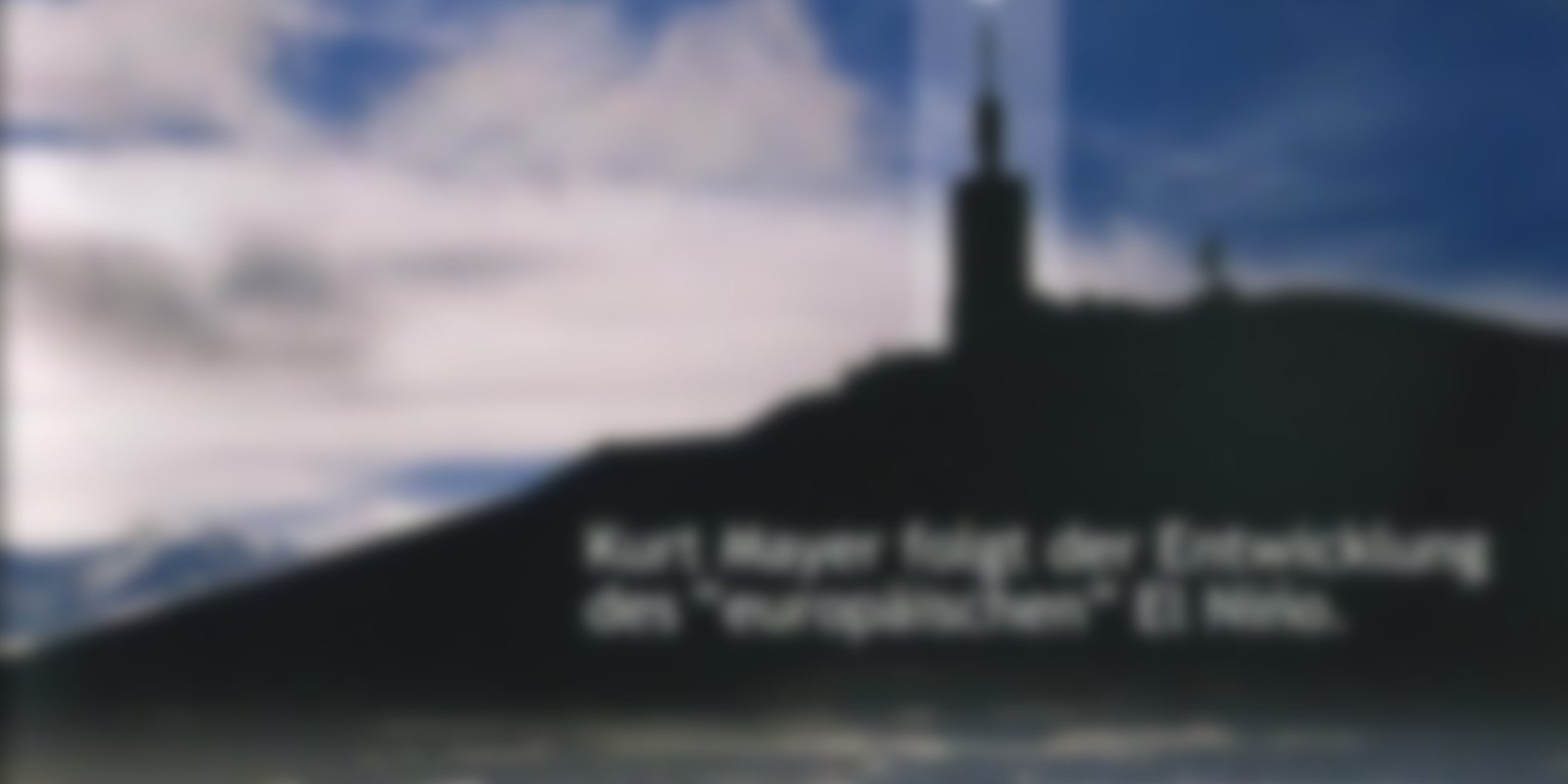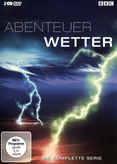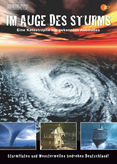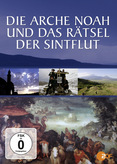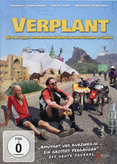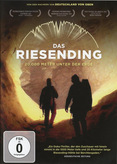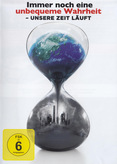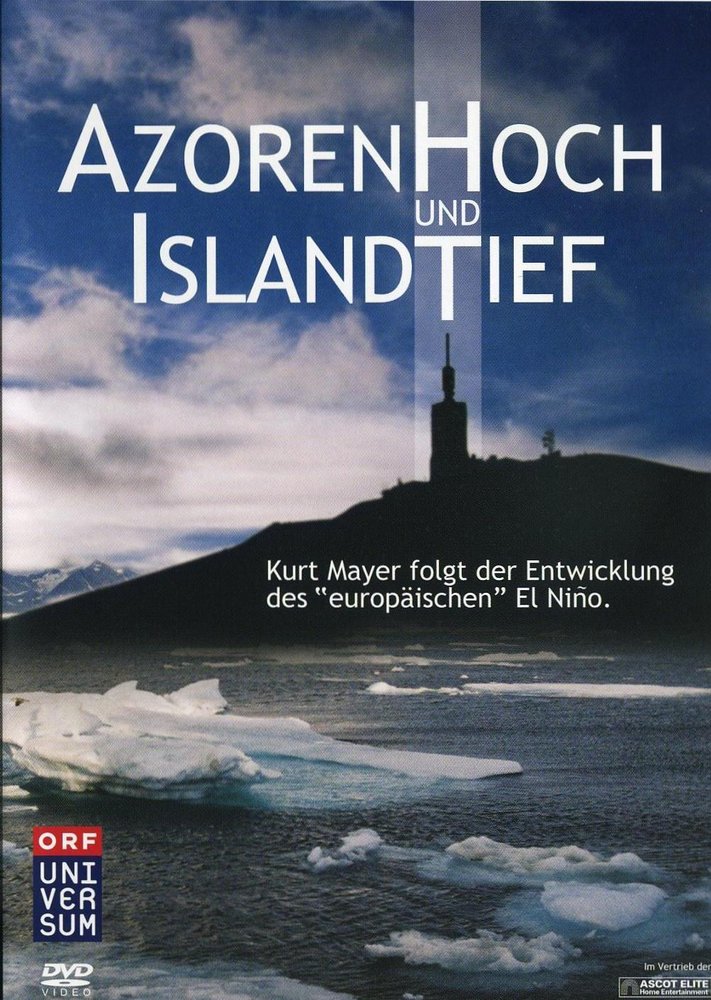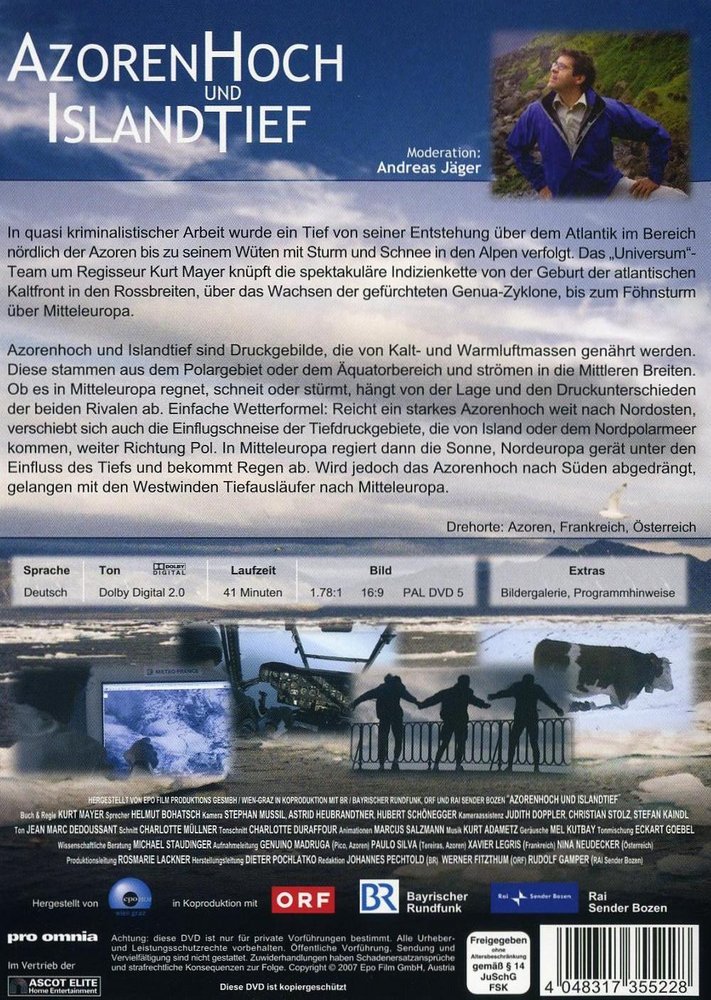In quasi kriminalistischer Arbeit wurde ein Tief von seiner Entstehung über dem Atlantik im Bereich nördlich der Azoren bis zu seinem Wüten mit Sturm und Schnee in den Alpen verfolgt. Das Universum-Team um Regisseur Kurt Mayer knüpft die spektakuläre Indizienkette von der Geburt der atlantischen Kaltfront in den Rossbreiten, über das Wachsen der gefürchteten Genua-Zyklone, bis zum Föhnsturm über Mitteleuropa. 'Azorenhoch' und 'Islandtief' sind Druckgebilde, die von Kalt- und Warmluftmassen genährt werden. Diese stammen aus dem Polargebiet oder dem Äquatorbereich und strömen in die Mitleren Breiten. Ob es in Mitteleuropa regnet, schneit oder stürmt, hängt von der Lage und den Druckunterschieden der beiden Rivalen ab. Einfache Regenformel: Reicht ein starkes Azorenhoch weit nach Nordosten, verschiebt sich auch die Einflugschneise der Tiefdruckgebiete, die von Island oder dem Polarmeer kommen, weiter Richtung Pol. In Mitteleuropa regiert dann die Sonne, Nordeuropa gerät unter den Einfluss des Tiefs und bekommt Regen ab. Wird jedoch das Azorenhoch nach Süden abgedrängt, gelangen mit den Westwinden Tiefausläufer nach Mitteleuropa.
Weiterlesen »
In quasi-criminological work, a low was tracked from its formation over the Atlantic in the area north of the Azores to its rage with storm and snow in the Alps. The Universum team led by director Kurt Mayer weaves together the spectacular chain of evidence from the birth of the Atlantic cold front in the Rosslatitudes, to the growth of the dreaded genoa cyclones, to the foehn storm over Central Europe. The 'Azores High' and the 'Icelandic Low' are pressure structures that are nourished by cold and warm air masses. These originate from the polar region or the equatorial region and flow into the middle latitudes. Whether it rains, snows or storms in Central Europe depends on the situation and the pressure differences between the two rivals. Simple rain formula: If a strong Azores high reaches far to the northeast, the flight path of the low-pressure areas coming from Iceland or the Arctic Ocean also shifts further towards the pole. In Central Europe, the sun will rule, Northern Europe will come under the influence of the low and get rain. However, if the Azores high is pushed southwards, the westerly winds will bring lows to Central Europe.
More »
